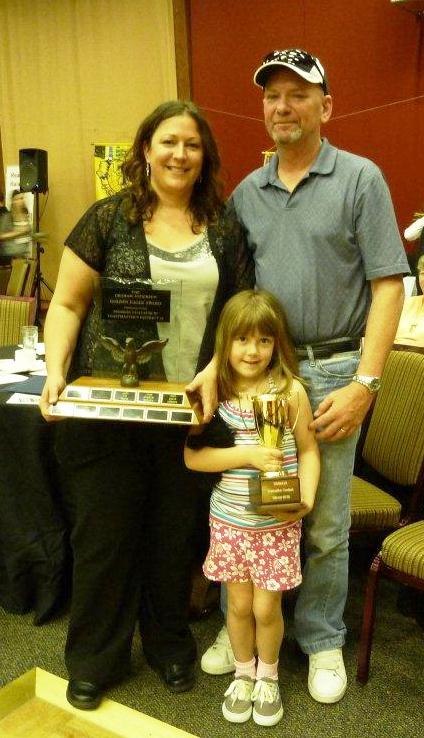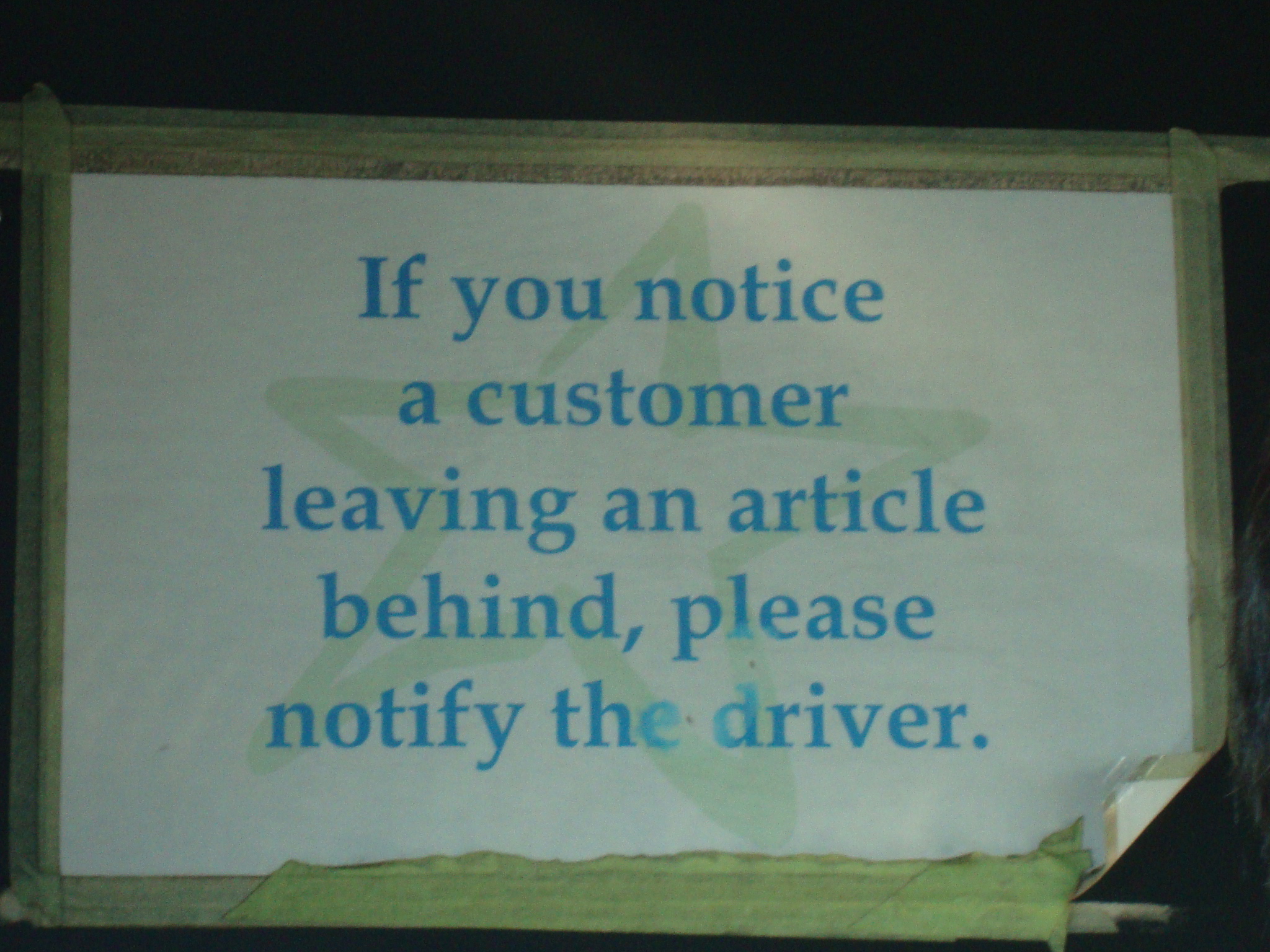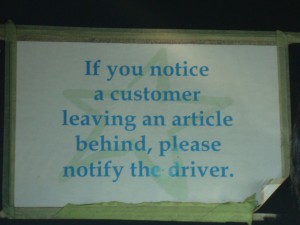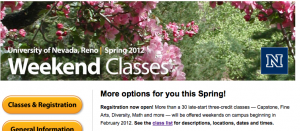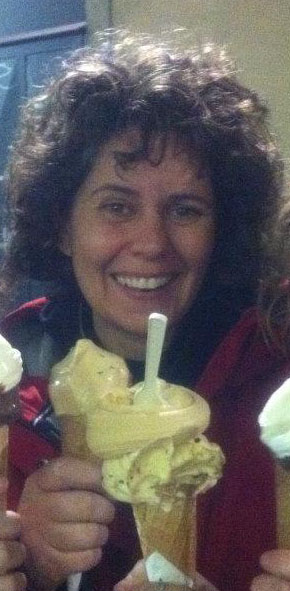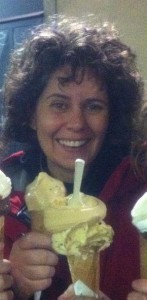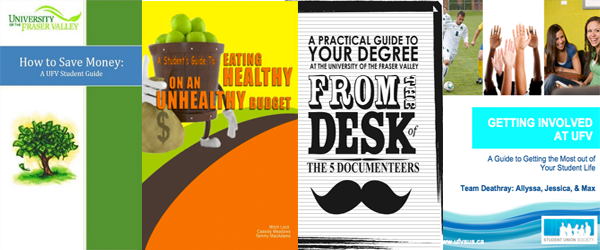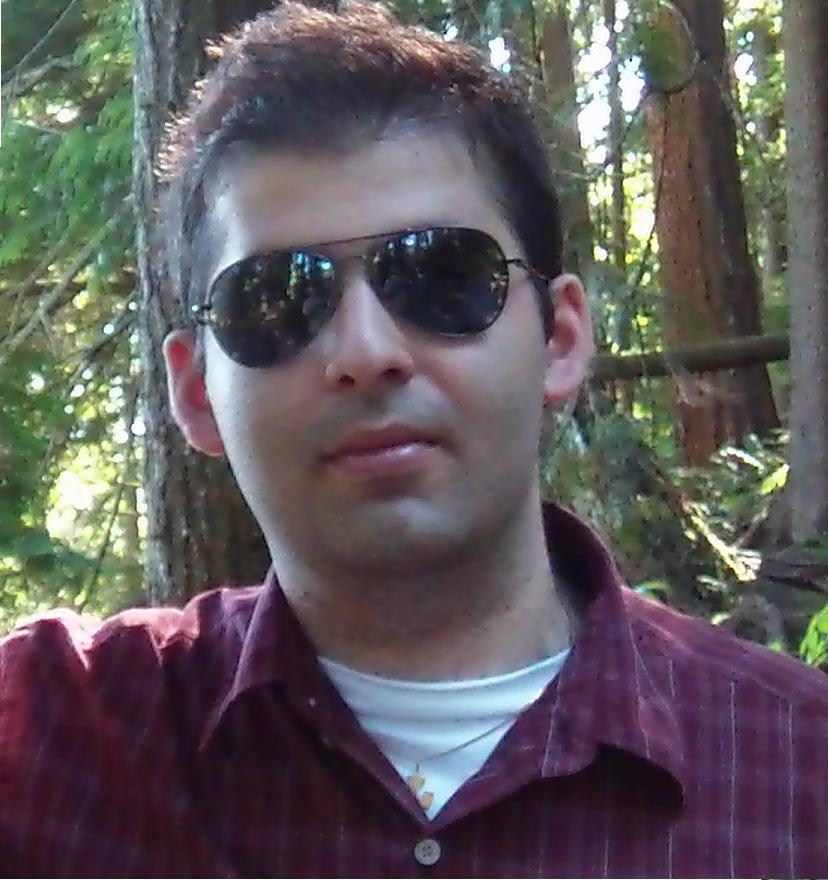During the winter 2012 semester I taught a course (CMNS 380) called The Cross-Generational Workplace: Closing the Communication Gap. 
I designed this course to provide students with the skills needed to interact and communicate effectively within a day-to-day workplace environment and build on the potential that a cross-generational workplace can have.
The workplace now has at least four generations of employees. Gone are the long held stereotypes of generational level expertise. Younger people are bringing technologically advanced skills to the workplace; and experienced older people are working well past traditional retirement age to contribute their intellectual capital.
The course turned out even better than I planned. You have to love it when that happens!
The classroom mirrored the cross-generational phenomenon occurring in our workplaces. There were students from every defined generational group: the Traditionalists, the Boomers, Gen Xers, and Millennials (also known as Gen Y).
As a class we even had a great debate about how we felt about the new labels being given to the generation just about to enter university. Depending on what you read you will see this new group of students being called Gen Now, Gen Net, Gen Z, the Internet Gen – and even Gen 911.
It will be interesting to watch which of these labels will stick!
So what is it like teaching a cross-generational class?
I like to think of teaching this course as “gen mixing.” This meant that my teaching and learning strategies needed to be just that : a mix!
There were print materials, formal lectures, online discussions, visual student lead presentations, creative group collaboration assignments, student lead online presentations and social media engagement. The course was delivered as a hybrid; some weeks we met face-to-face and sometimes we held the class virtually.
We mixed it up!
One of the class’s favourite assignments was the course blog. This was done instead of a formal paper. What the students appreciated about this assignment is that they got to see each other’s writing, and learn from each other. And for those students without techno-literate skills – they had the chance to embrace a new communication avenue.
Each student created a blog posting on a topic related to cross-generational communication that interested them. Though the course blog was erased at the conclusion of the course, over the next couple of weeks I will be sharing with you five student blog contributions:
- Tammy MacAdams, “Millennial Generation Rule Breakers are the New Rule Makers”
- Daphne Cockerill, “Think Before You Post”
- Jacky Kim, “Is There Such a Thing as Young and Old Humour?”
- Trevor Kavanagh, “Gamification and Motivation”
- Erin Hailstone, “Uniting Generations in the Workplace Using the Appreciative Inquiry Approach”
My thanks to Tammy, Daphne, Jacky, Trevor and Eric for permission to share your insights!
As Carolyn Martin and Bruce Tulgan put it in Managing the generation mix, “The most successful people in the twenty-first century will be true Gen-Mixers, people of all ages who bring to work every day their enthusiasm, flexibility, and voracious desire to learn.” My students in CMNS 380 showed just these traits in making the course a success.


